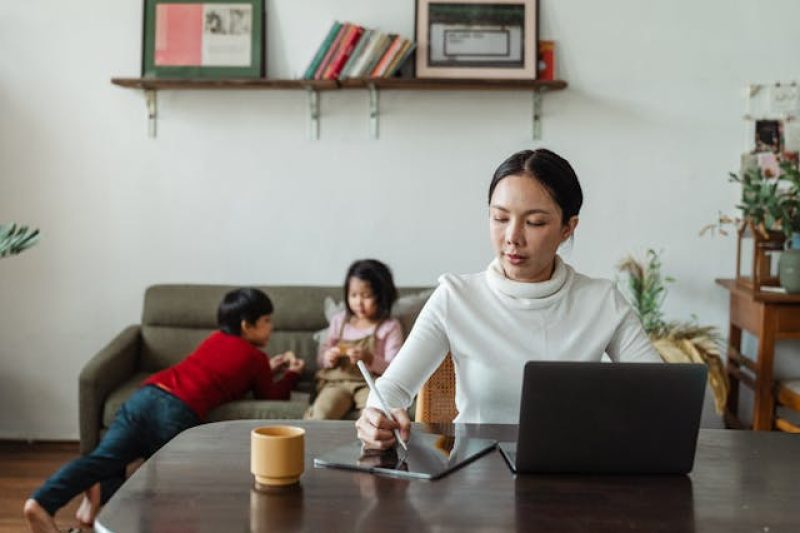For 20 years, the world has been repeating the same advice: “Create work–life balance. Keep work separate from life.”
But in 2026, that idea is collapsing — not because people failed to achieve balance, but because the world that made balance possible no longer exists.
The new reality is emerging fast:
The most fulfilled workers aren’t balancing work and life — they are building a life where work fits naturally inside it.
That shift has a name: Work–Life Blending.
📉 Why Work–Life Balance Is Failing
The traditional model assumed:
- Work happens in one place, life happens in another
- Work has fixed hours and fixed boundaries
- You “clock out” and mentally disconnect
- Productivity requires separation
But reality in 2026 looks like this:
- Work is location-independent
- Income can come from multiple sources, not one employer
- People learn, create, earn, and socialize online in the same space
- Personal identity and professional identity are merging
Balance requires walls. Blending requires integration.
🔄 What Work–Life Blending Actually Means
It’s not “working all the time.” It’s designing work to support the lifestyle you want — not interrupt it.
Examples:
- Working from a café while traveling instead of waiting for annual leave
- Doing deep work in the morning and personal errands at 2 PM
- Building a side business while keeping a full-time salary
- Replacing meetings with async video replies
- Creating content while doing your real job instead of choosing one
Blending is not about time — it’s about control.
📌 Why This Shift Is Happening Now
| Old Work Reality | 2026 Reality |
|---|---|
| One employer, one job | One person, multiple income streams |
| Office required for productivity | Environment and flexibility drive productivity |
| Resume defines identity | Personal brand defines identity |
| Career ladder | Portfolio life (roles, projects, skills) |
The people with the highest income growth today are the ones who stopped looking for balance and started designing **flow.**
🧠 Psychological Shift: From “Time Management” to “Energy Management”
Work–life balance treated life like two competing buckets. Work–life blending treats life like one container where energy, purpose, income, and identity flow together.
For example:
- Doing creative work when your energy is highest — even if it’s 11 PM
- Scheduling gym or family time in the middle of the day — without guilt
- Working 4 hours at 100% instead of 8 hours at 40%
This is why burnout isn’t caused by working more — it’s caused by working in a way that doesn’t match how you want to live.
💼 Employers Are Adapting Faster Than Expected
Companies are now offering:
- Output-based contracts instead of hourly expectations
- Async work instead of fixed meeting schedules
- Remote-first hiring across time zones
- “Side business allowed” clauses instead of banning freelancing
Employers learned that forcing work–life balance doesn’t retain talent. Allowing **work–life blending** does.
🧭 What the Next 5 Years Will Look Like
✅ More 3–4 day workweeks
✅ Families relocating based on lifestyle, not office location
✅ Workers earning from 2–4 income sources simultaneously
✅ AI + automation replacing tasks, not careers
✅ CV replaced by personal brand + digital proof of work
The question will shift from:
“Where do you work?” → “How have you designed your work around your life?”
Where We Study the Work–Life Shift
We track digital career evolution, remote culture, and lifestyle economics at future-of-work and AI innovation hub.
Final Thought
Work–life balance belongs to the office era. Work–life blending belongs to the autonomy era.
The future isn’t about escaping work. It’s about building a life where work is something you control — not something you recover from.
